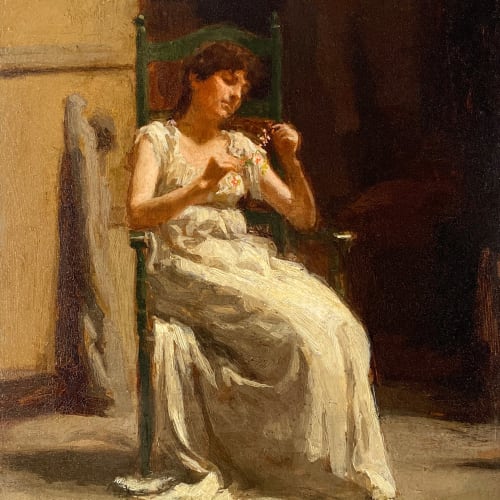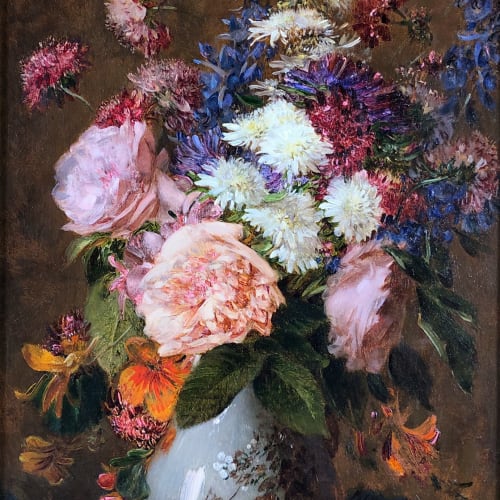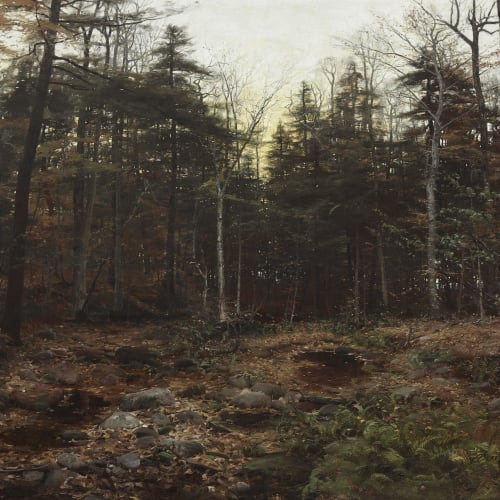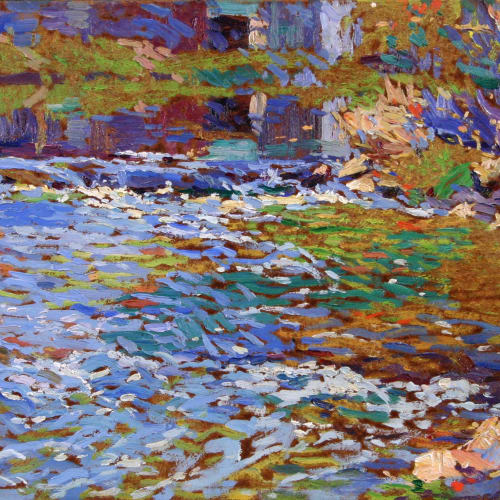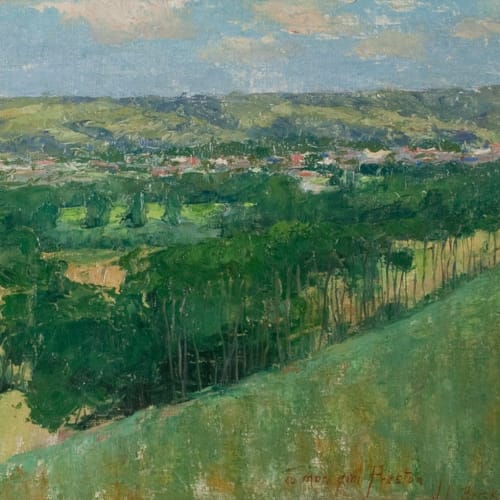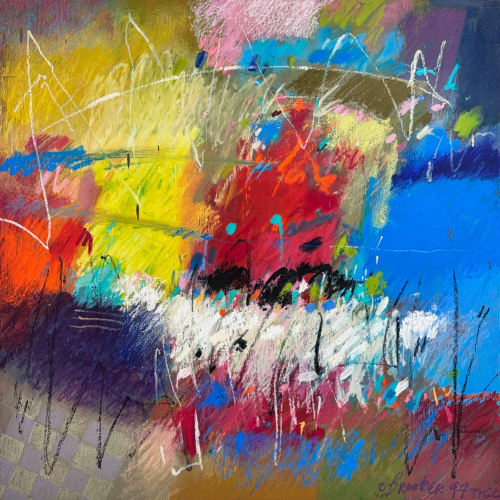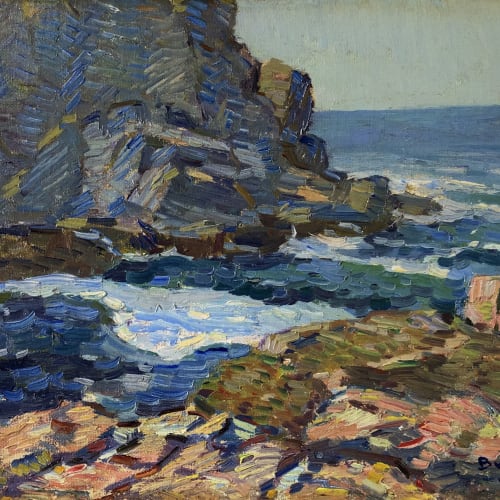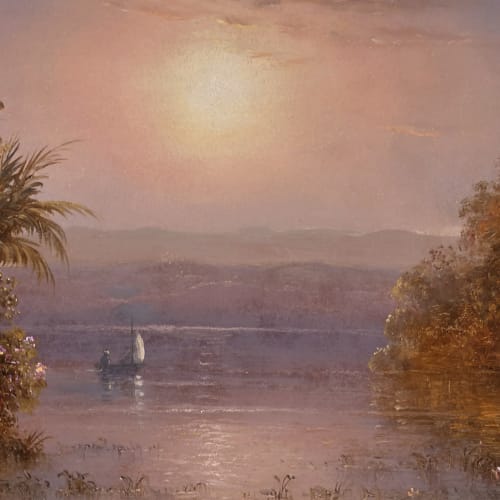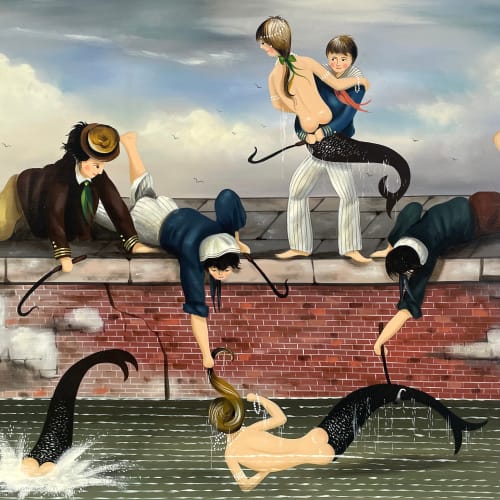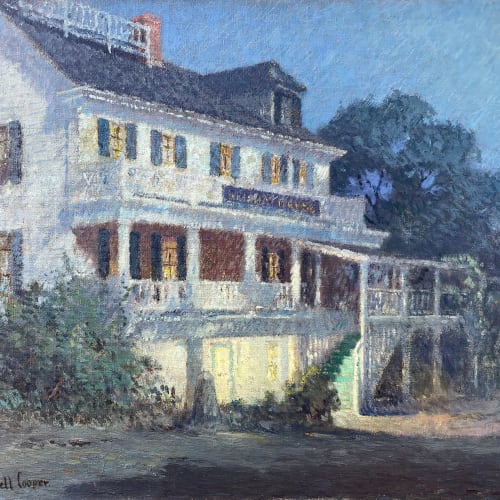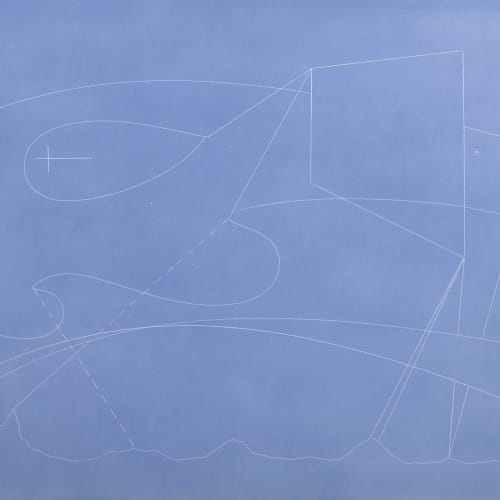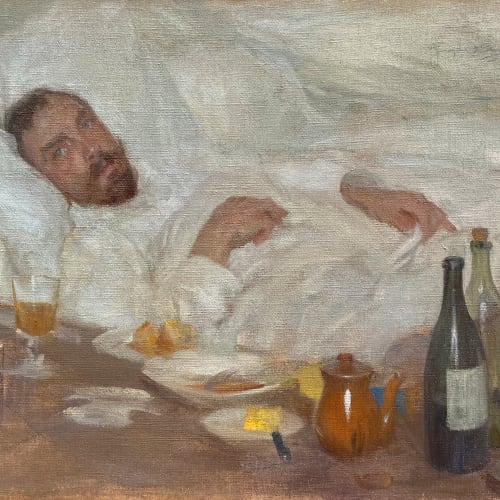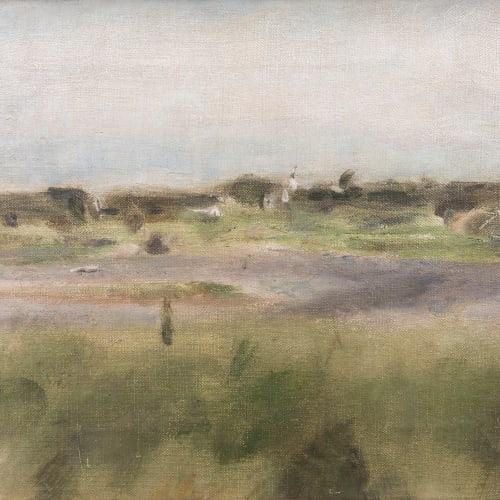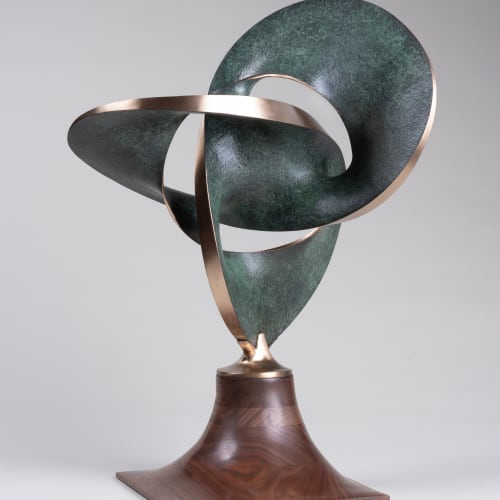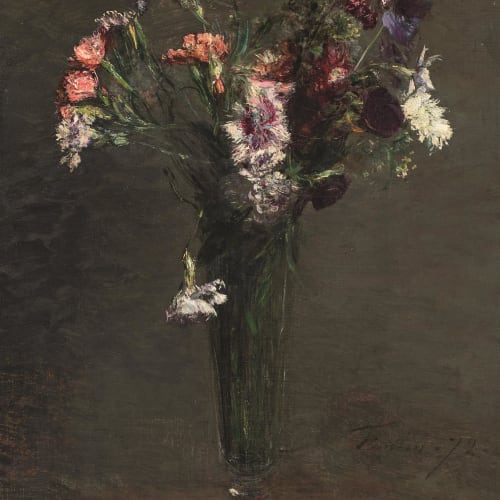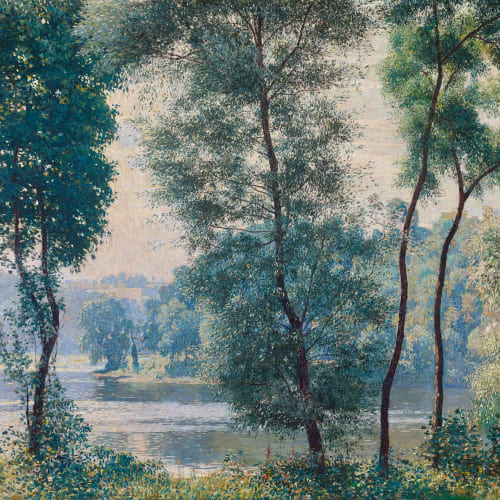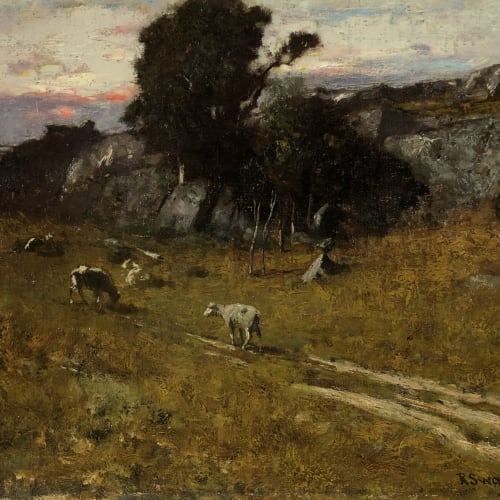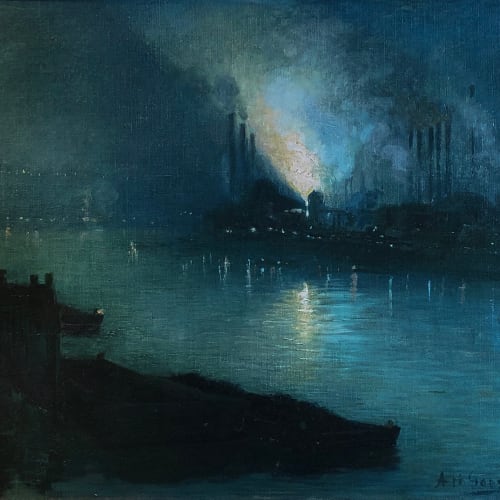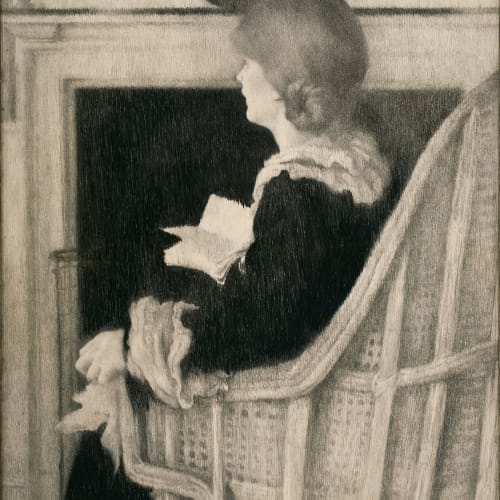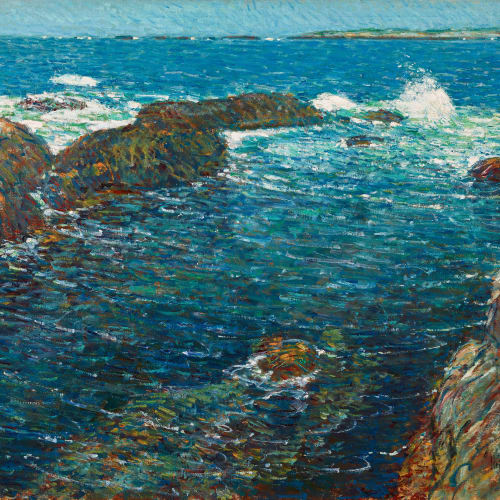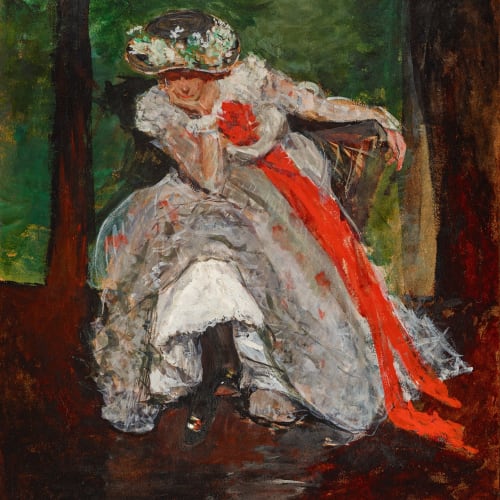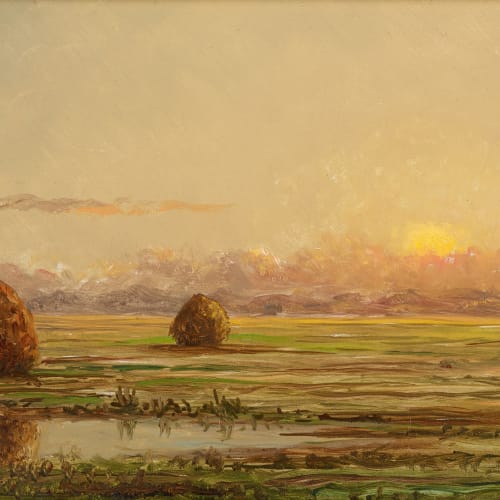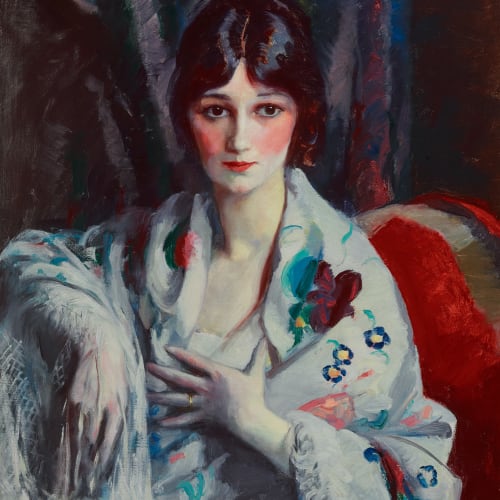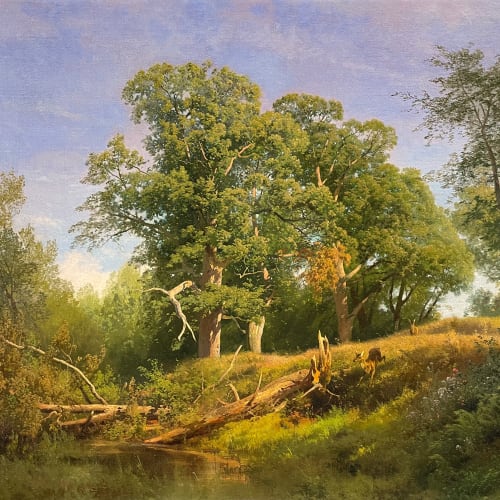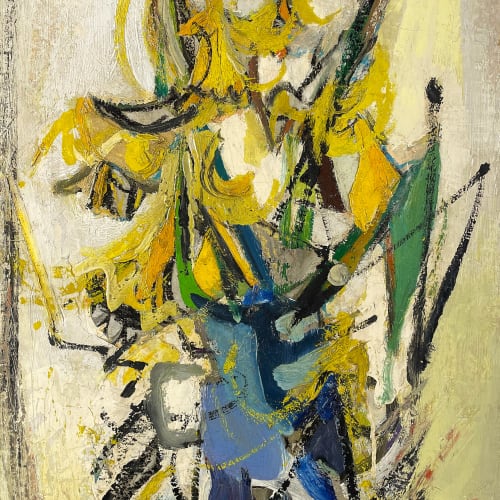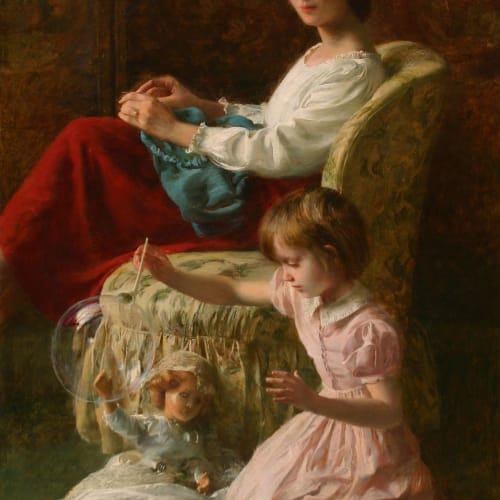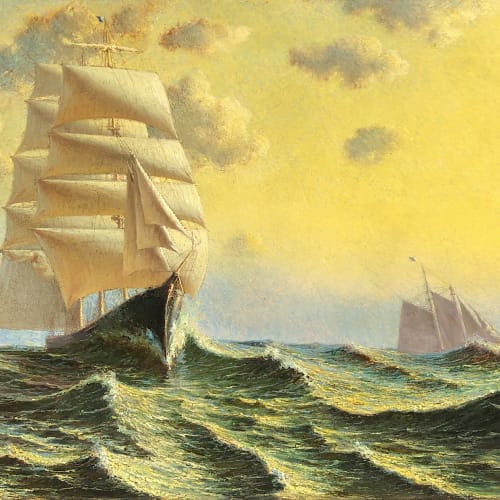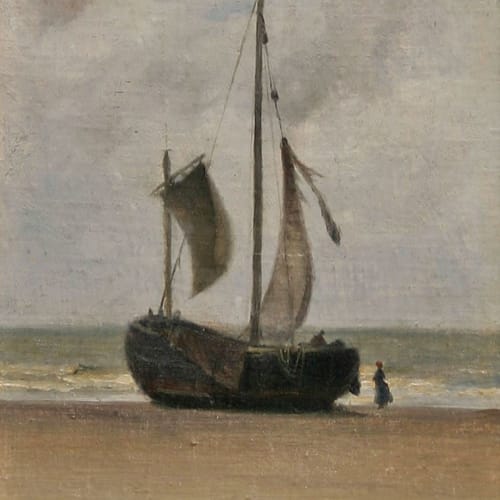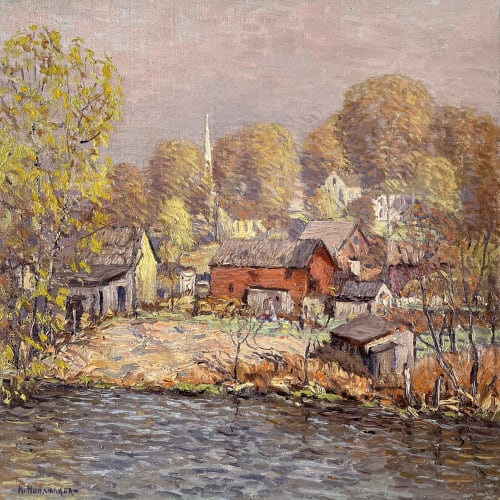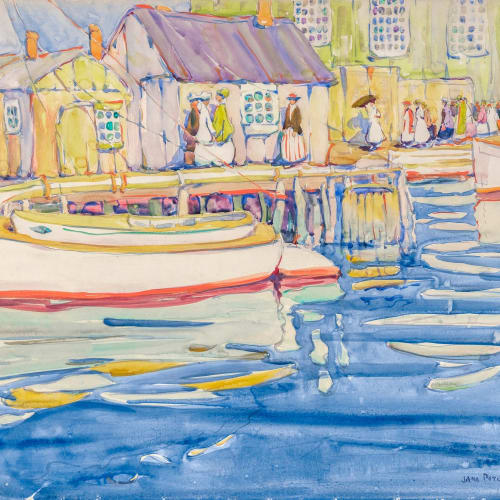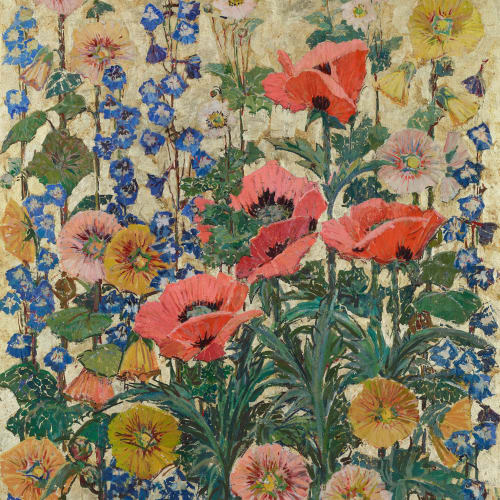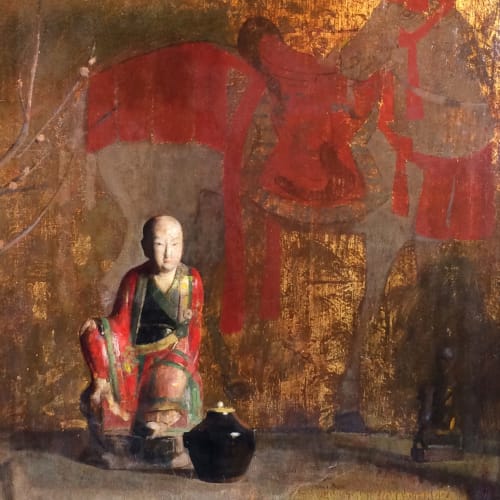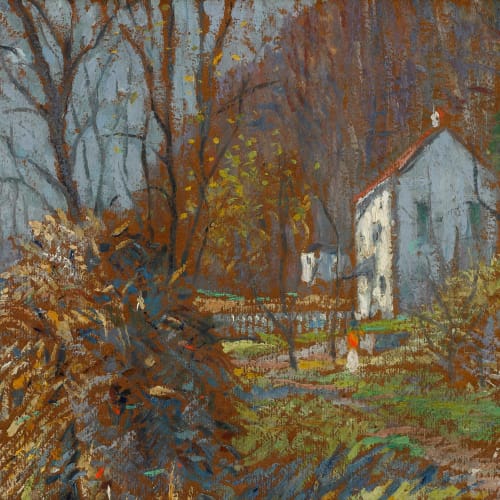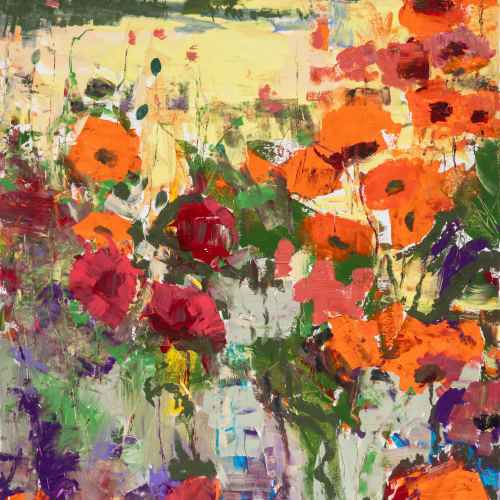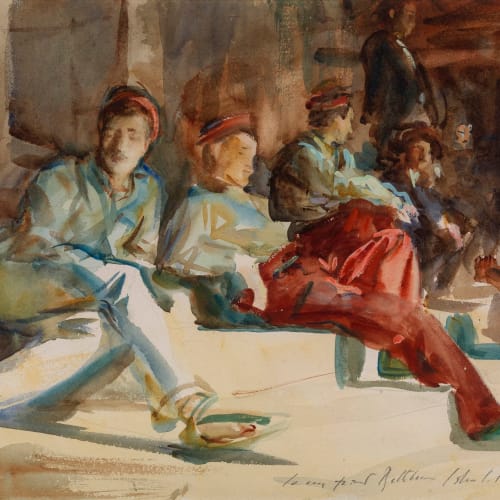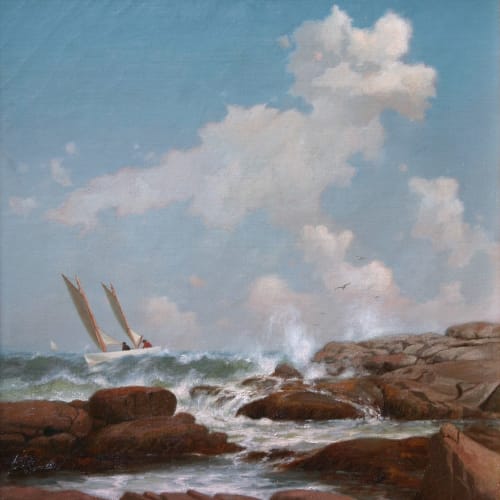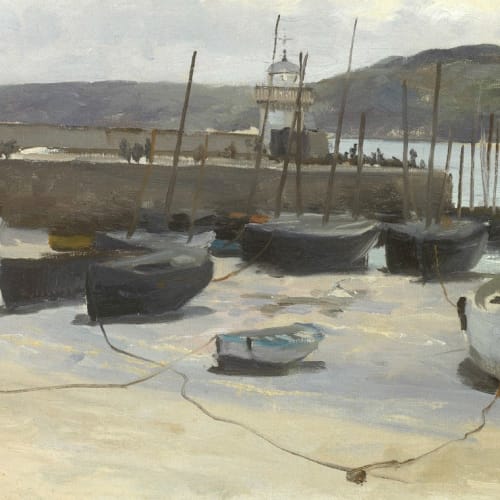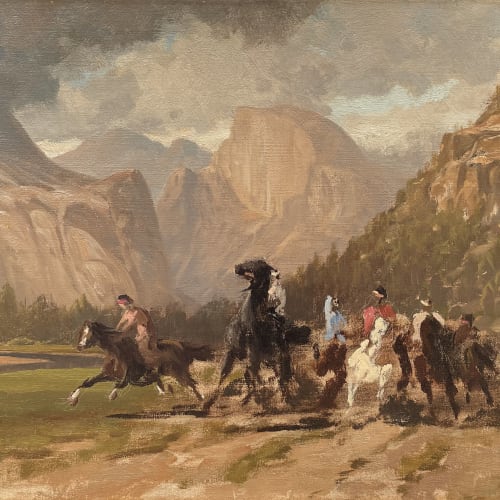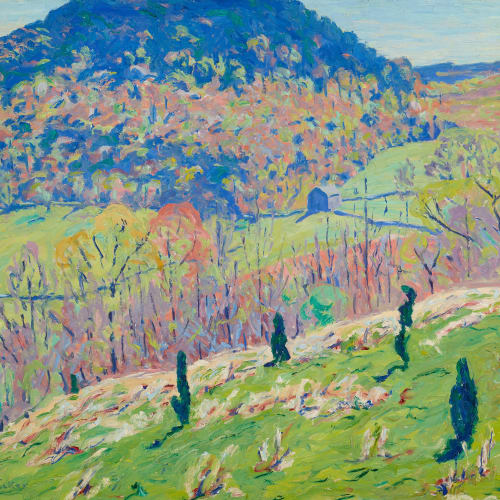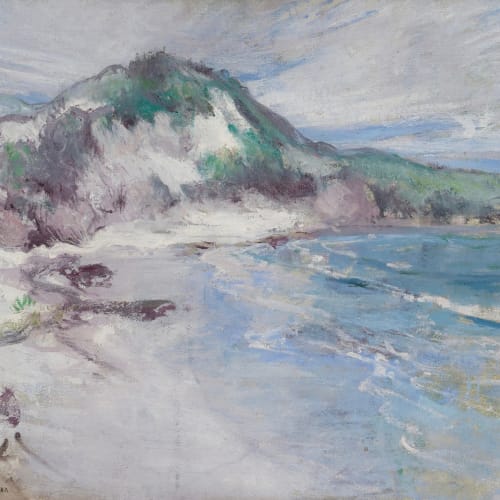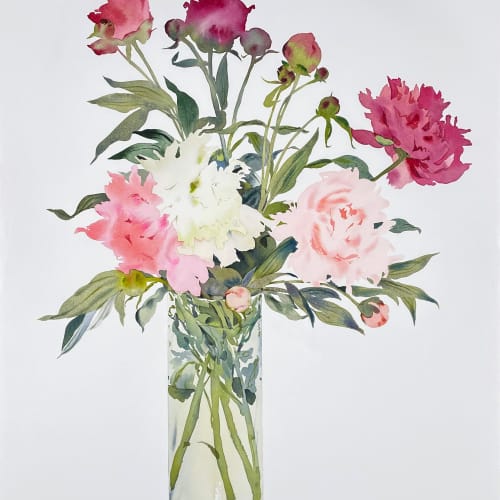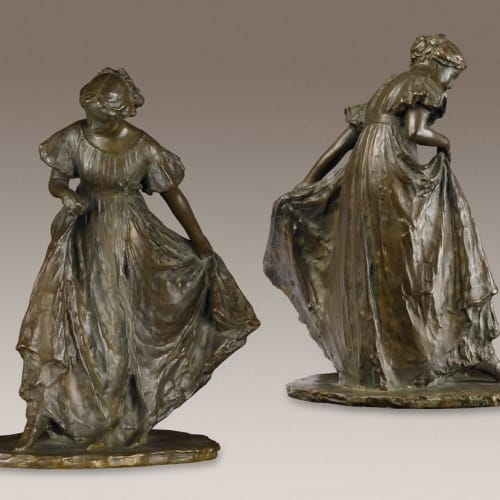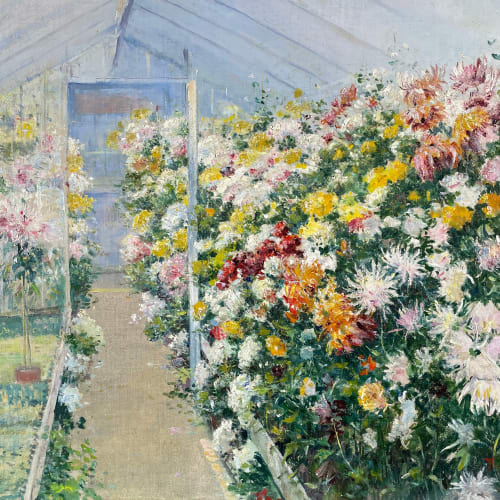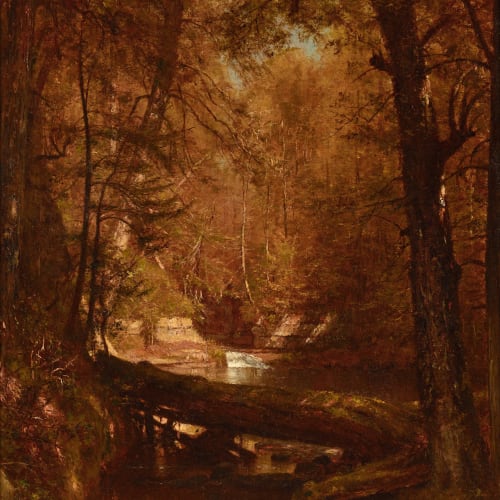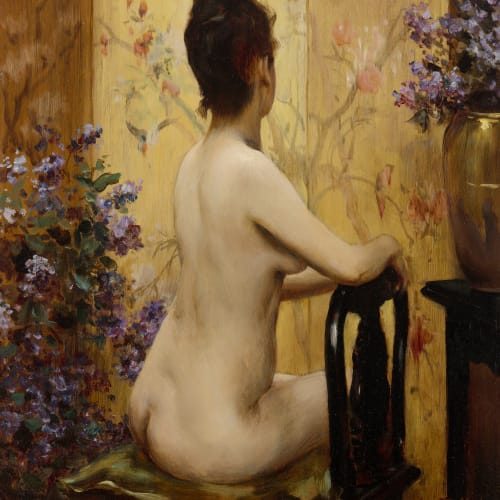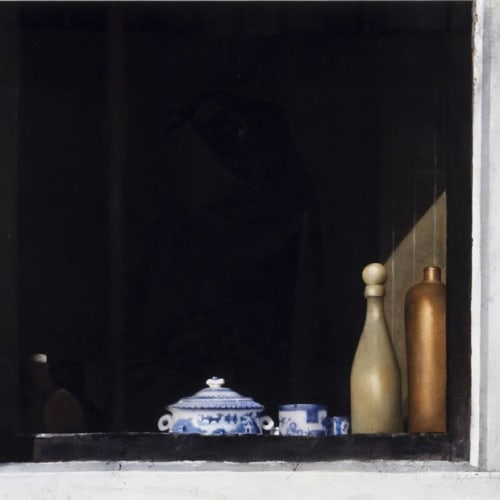Browse artists by last name
B
-
William Babcock
-
William Bliss Baker
-
John Pierce Barnes
-
Walter Emerson Baum
-
Thomas Hart Benton
-
Theresa Bernstein
-
Johann Berthelsen
-
Albert Bierstadt
-
Dwight Blaney
-
John Leslie Breck
-
Hugh Henry Breckenridge
-
Anna Mary Richards Brewster
-
Alfred Thompson Bricher
-
Moe Brooker
-
Emily Brown
-
Charles Burchfield
-
Paul Burlin
-
Norton Bush
C
-
Ralph Cahoon Jr.
-
Arthur B. Carles
-
Mary Cassatt
-
William Merritt Chase
-
Bill Claps
-
Colin Campbell Cooper
-
Fern Isabel Coppedge
-
Ralston Crawford
-
Edward Cucuel
G
-
Daniel Garber
-
Henry Gasser
-
Winkworth Allan Gay
-
Adelaide Lawson Gaylor
-
Robert Swain Gifford
-
William Glackens
-
Arthur Clifton Goodwin
-
Aaron Gorson
H
-
Lilian Westcott Hale
-
Philip Leslie Hale
-
Marsden Hartley
-
Childe Hassam
-
Charles Webster Hawthorne
-
Martin Johnson Heade
-
Robert Henri
-
Hermann Herzog
-
John William Hill
-
Diego Hiromi
-
Hans Hofmann
-
Earl Horter
L
-
Frederick Mortimer Lamb
-
Ernest Lawson
-
Blanche Lazzell
-
Harry Leith-Ross
-
Richard Hayley Lever
-
Jonas Lie
-
Mary Louise Fairchild MacMonnies Low
P
-
Walter Launt Palmer
-
Madeline Peckenpaugh
-
Jane Peterson
-
Fairfield Porter
-
Edward Potthast
-
Maurice Prendergast
-
Mary Elizabeth Price
-
Hovsep Pushman
S
-
John Singer Sargent
-
Walter Elmer Schofield
-
Warren Sheppard
-
Everett Shinn
-
Edward Emerson Simmons
-
James D. Smillie
-
Archibald Cary Smith
-
Henry Bayley Snell
-
Elizabeth Sparhawk-Jones
-
Robert Spencer
-
Joseph Stella


